doves
16.10.1999
Overflight – Art on Building Project for the Campus of BTU Cottbus
Doves from resoutionable on Vimeo.
Installation | video & images | Integration ins Gelände
Based on an anonymous, nationwide competition, “Überflug” and a sound installation by Rolf Julius were proposed for being realized on the campus of the Brandenburg University of Cottbus.
The Artwork
Pigeon lofts are to be installed for the departmental gardens on campus, to the left of the main axis. In the middle of these pigeon lofts, a virtual fountain is to be installed, in which a video can be seen instead of water. This fountain is the spatial and mental center of the work. In it, the trajectories of the pigeons are recorded and made visible over longer time intervals. The structure of these trajectories is intended to show a model image of the coexistence of the animals and offers the opportunity to compare our behavior with them.
The Loft
In consultation with a pigeon fanciers’ association located in Cottbus, I designed a two-story tower suitable for racing pigeon breeding. The presence of pigeon fanciers is to combine university life and research with the experience of folk traditions. Unlike the city pigeon, breeding pigeons are highly civilized. The whole effort of the breeder is devoted to the health and fitness of his pigeons, with the aim of achieving good flight results. To encourage the pigeons to return home quickly, they are separated from each other – young married (widowhood). The drive to quickly return to the female not only makes pigeons fly thousands of kilometers unerringly, but sometimes leads to life-threatening states of exhaustion. The way pigeon breeders deal with these characteristics speaks of long experience and contrasts the abstract thinking of the natural sciences.To give insight into the dynamics of the pigeon loft, these are glazed on two sides. In addition, the breeding and flight results of the pigeons in races are to be made public on a bulletin board. The trajectories of the flights are shown on a map.
First draft for the pigeon loft:
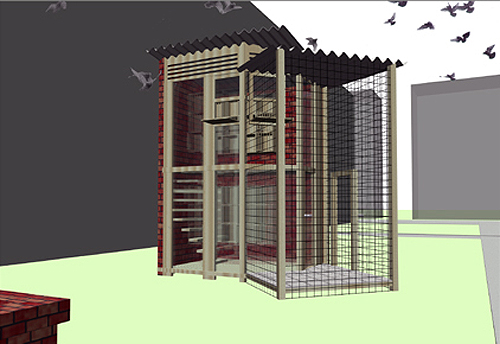
Interior design of the loft:
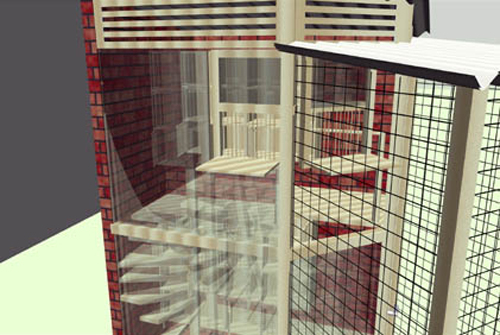
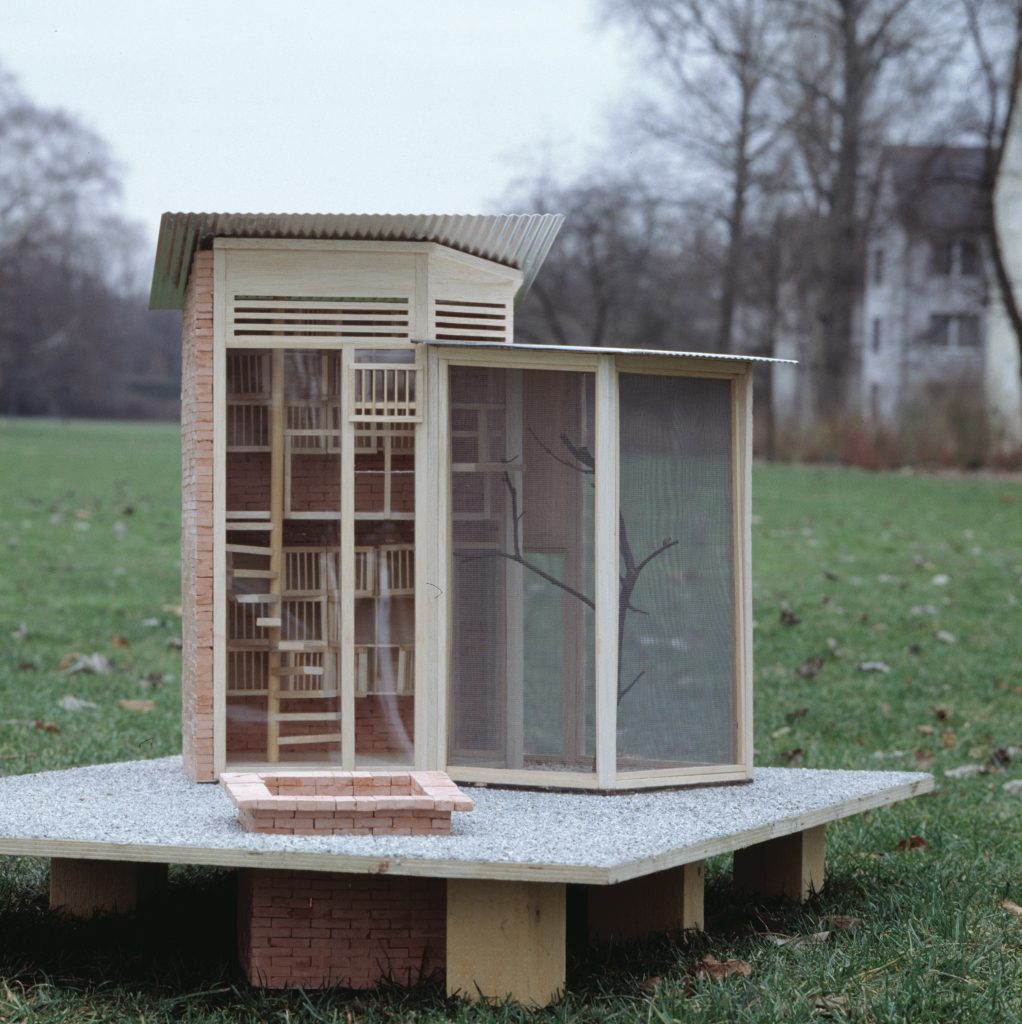
The fountain
In consultation with a pigeon fanciers’ association located in Cottbus, I designed a two-story tower suitable for racing pigeon breeding. The presence of pigeon fanciers is to combine university life and research with the experience of folk traditions. Unlike the city pigeon, breeding pigeons are highly civilized. The whole effort of the breeder is devoted to the health and fitness of his pigeons, with the aim of achieving good flight results. To encourage the pigeons to return home quickly, they are separated from each other – young married (widowhood). The drive to quickly return to the female not only makes pigeons fly thousands of kilometers unerringly, but sometimes leads to life-threatening states of exhaustion. The way pigeon breeders deal with these characteristics speaks of long experience and contrasts the abstract thinking of the natural sciences.To give insight into the dynamics of the pigeon loft, these are glazed on two sides. In addition, the breeding and flight results of the pigeons in races are to be made public on a bulletin board. The trajectories of the races are shown on a map.
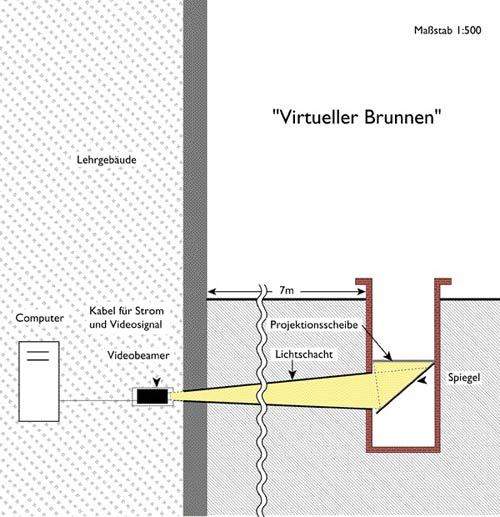
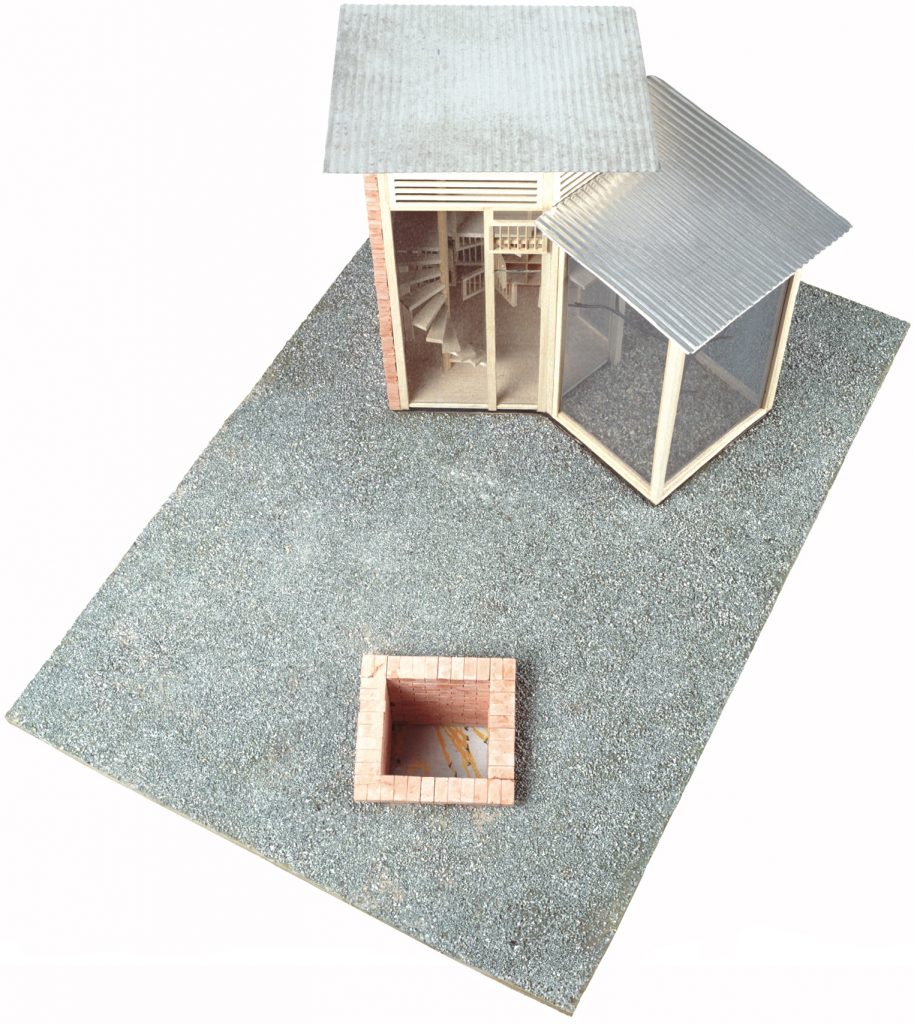
Video
A special computer software (already available) calculates the positions of the pigeons from the image and writes their trajectories into the video image in real time. Over the day a line drawing is created from the traces of the pigeons, which with its (chaotic) structure questions the surrounding architecture according to its order (rectangular) for its compatibility with the geometry of the natural movement of the birds. The birds, which are not fixed in their directions of movement by paths, benches or buildings, refer here to a freedom beyond the structures given on the site. At the same time, the work should stimulate us to question our planning and systems of order and – depending on the possibility of cooperation with the university – propose a model for spatial order from data obtained through observation. What takes place above the pigeon lofts reports not only random trajectories, but also swarm behavior and the group dynamics of the pigeon lofts. It is worth noting here the comparison between the almost mysterious order of flocks of birds and the frequent collisions of people in massed gatherings. Ultimately, the work with the dove takes up a symbol (dove of peace) found in numerous older murals on campus. While there the dove is understood as a metaphor, it now becomes the object of consideration in its concrete function.
top
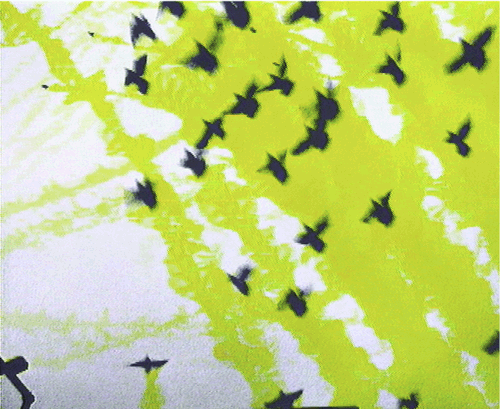
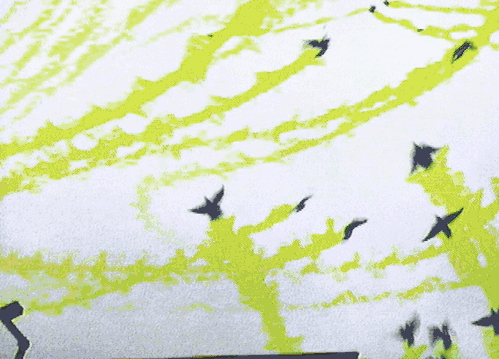
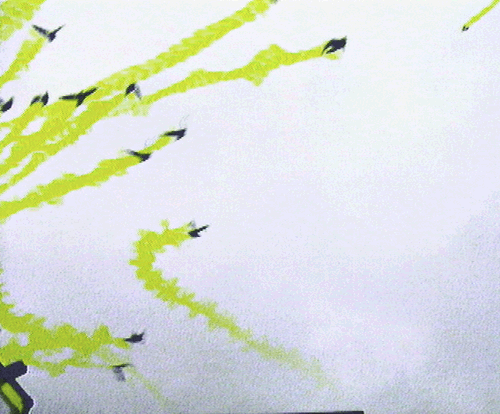
Integration into the terrain
The grounds of the BTU represent a staged living and working space for students and staff. The microchip grid of pathways and building layout speaks of meaningful order and purposefulness. The garden area offers relaxation in this landscape and also provides the departments with the opportunity for individual design. Nature as a counterpart, but also an object of technology is to be made increasingly tangible here. Adding animals to the plants is one idea. While the trees emphasize the rootedness in the earth, the birds connect with the sky. It would also have been possible to observe the movement of people and translate it into a virtual landscape. However, the environment of the site is so defining that the movements would only be seen in response to buildings or created attractors (benches). Observing the pigeons gives visitors a view of social group structures, whereby swarm behavior and population behavior take up a highly topical subject in computer science (reference microchip) and could be the starting point for a problem definition of a collaboration. Thus, an architecture could be developed from the traces by adaptive algorithms, which translates the territorial behavior of the birds into spatial constructs. These spatial systems could become the occasion for further planning on the campus site. (The software to track the trajectories already exists as well as the implementation as a graphical interface. It would be desirable to do further work on the software in the sense described above with the BTU FB Mathematics or Computer Science).

